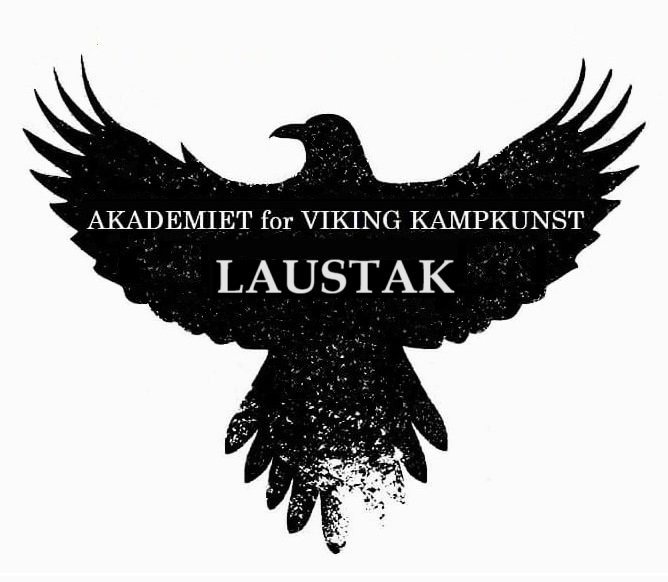Viking manhood training had to start early in a young boy's life, as becoming a man in the Viking Age was something that could only be achieved through years of training and experience. Daily training in hunting, fishing, gathering, tending to animals, building, repairing and making equipment, gave a boy the ability to go from being reliant on his parents for food and security, to being totally self-reliant.
A boy only achieved the change of status to a man after being able to successfuly do what was expected of a Viking man. Manhood rituals, such as hunting with a group of other Viking men and combat skills, were transitions that ensured the success of Norse society.
The Viking rite of passage was something every Norse boy trained for and longed for. To be looked upon by peers as a man was a very important achievement not only for Norse males, but for all of Norse society.
The most important social institution in Viking Age Scandinavia was the family, and marriage was the core of the Norse family. From the age of 12, a young male could marry, which was the most obvious way for him to be regarded as a man, as providing for and taking care of a family was a very important and adult task. A Viking marriage was a legal contract wich consisted of power, inheritance and property.
A Viking wedding was an important transition not only for those being married, but for both the bride and the groom's families, as the wedding ceremony created a legal pact in which both families promised to help each other. In this pact that bound several families, the male head of the family had the final say in important matters.
The many years of training enabled Viking men to make tough decisions for the benifit of family and society.





